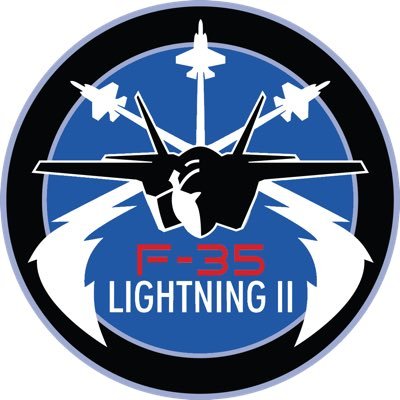F-35: despite improvements, Lightnig II still can’t fly in storms
Due to operational safety concerns, the Pentagon will continue to maintain its lightning storm flight restrictions on the F-35 Lightning II fighter fleet.
The most advanced, supposedly «all-weather» fighter jet on the market is at serious risk when struck by lightning in flight. Even on the ground, aircraft exposed to the elements must be protected from lightning by special lightning arresters.
In June 2020, the Pentagon’s F-35 Joint Program Office (JPO) instituted flight restrictions for the F-35A’s conventional takeoff and landing variant after damaged tubes were found inside its key lightning protection system, the On-Board Inert Gas Generation System, or OBIGGS.

«As a safety precaution, the JPO recommended unit commanders implement a lightning flight restriction for the F-35A, which restricts flight within 25 miles of lightning or thunderstorms,» said Lockheed Martin, manufacturer of the model. «We are working with the F-35 Joint Program Office (JPO) on a root cause corrective action investigation to determine next steps.»
The OBIGSS pumps nitrogen-enriched air into the aircraft’s fuel system, rendering it inert and preventing the fuel from igniting if struck by lightning. This is a serious design flaw, whereby the F-35 could potentially explode if struck by lightning. The problems with this system were discovered in 2008, but until now no fully satisfactory solutions were implemented.
This problem is more severe on the F-35A than on the F-35B and C, which use a slightly different OBIGGS system, but the Pentagon also does not yet consider them safe to fly near or into thunderstorms.
In July 2021, a pair of U.S. Marine Corps F-35Bs deployed in Japan suffered severe damage when struck by lightning. While the aircraft were able to land safely, upon inspection of the aircraft, it was determined that the damage was severe and could cost up to $2.5 million to repair. For this reason, the F-35 Bravo were also hit by the same safety restrictions as the Alpha models.
A solution that just won’t get there
Lockheed Martin and the F-35 JPO have been working for some time to implement solutions to make the F-35 a true all-weather fighter. Software and hardware correction work was performed to the OBIGSS system, which was expected to ensure the aircraft’s flight safety during thunderstorms.
However, after evaluating the results of the modifications, the JPO determined to maintain the flight restrictions.

Chief Warrant Officer Matthew Olay, spokesman for the F-35 JPO, questioned on the matter by the Breaking Defense site, said, «Due to additional findings earlier this year, this update will provide an improvement, but is insufficient to lift the lightning restriction.» «Lightning restrictions will be lifted when all safety concerns are resolved or mitigated in an acceptable manner.»
The JPO declined to comment on the specific reason for keeping the restrictions in place, with Olay stating that «due to operational safety reasons the JPO will not comment on specific findings.»
It is also unclear whether it has a plan to further improve OBIGGS or a timetable for when the lightning restrictions will finally be lifted.

/https://aviacionlinecdn.eleco.com.ar/media/2022/11/f-35-lightning-nellis.jpg)
Para comentar, debés estar registradoPor favor, iniciá sesión